From the November 2022 issue of Apollo. Preview and subscribe here.
This autumn, two important collections of Chinese classical furniture are coming to auction. Christie’s is offering ‘Rich Golden Hues and Graceful Forms – Classical Chinese Furniture from the Tseng Collection’ in Hong Kong on 29 November, while in December in London, Sotheby’s is dispersing the diverse collections of the late Joseph Hotung, including some rare furniture.
The last two years have seen some outstanding prices for today’s most sought-after huanghuali pieces from the late Ming and early Qing dynasties – roughly, the late 16th to late 17th century – with the market especially competitive in China, Taiwan and Hong Kong. At Christie’s New York, however, in late September, in a sale of Chinese ceramics and other works of art, a very rare pair of 17th-century huanghuali drum stools leaped away from their $120,000–$180,000 estimate to achieve $1.5m (with fees) – evidence, suggests Christie’s Hong Kong and London-based specialist Cecilia Zi, that rarity is a primary criterion for collectors of these graceful pieces across the world.
At the beginning of the reign of Emperor Longqing (1567–72), in the late Ming period, China abandoned long-established import bans, allowing the arrival of abundant supplies of tropical hardwoods. These dense, durable, flexible woods enabled the creation of large, elegant, technically ambitious forms; dark zitan wood, particularly suitable for elaborate carving, was reserved for the court, while the paler, honey-brown huali wood – from the ‘flowering pear’, also a member of the rosewood family – noted for its beautiful markings, was more popular among the literati and merchant classes, encouraging the evolution of forms and types of furnitures to suit the scholars’ more restrained tastes. This classical style was perpetuated though pattern books into the early Qing period. As time passed, the adjective ‘huang’ was added to the name of the wood to reflect collectors’ enthusiasm for the rich yellow-brown patina bestowed by age.
Chinese furniture from this period is now the most sought after. In June 2013 an imposing cabinet of carved zitan, from the reign of the Qianlong Emperor (r. 1736–95) and part of the imperial collection, broke world auction records for Chinese furniture at Poly Auction in China, reaching 93 million yuan (approximately $15m). In December 2021, an earlier, majestic but relatively austere plank-top pedestal table (late Ming to early Qing) made from huanghuali broke the 100 million yuan barrier (approx. $18m), also at Poly Auction. Huali wood is now rare, its use tightly restricted, so that the plank top itself is revered as a natural wonder as much as a cultural artefact.
The market for huanghuali was launched in the early 20th century by Western collectors – one of the most important early guides, Gustav Ecke’s Chinese Domestic Furniture, was first published in 1944. Two discerning collectors at the time were the Marchese Taliani de Marchio, Italian ambassador to China between 1938 and 1946, and his wife, Archduchess Margaretha of Austria. A very rare set of four square-back huanghuali folding chairs from their collection, used by the elite on military campaigns and for leisure, and dating from the late 16th/early 17th century, sold at Bonhams London in November 2017 for £5.3m, way beyond its £150,000–£200,000 estimate.
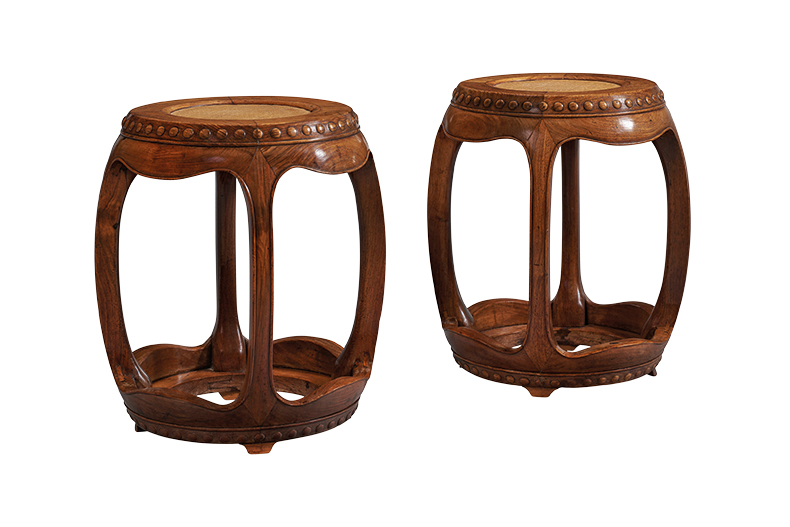
A pair of drumstools (17th century), China. Christie’s New York, $1.5m
The market took off in the West in the early 1980s, when China opened up and a number of dealers – notably Nicholas Grindley, Marcus Flacks, Curtis Evarts, Grace Wu Bruce, Charles Wong and Peter Lai – took advantage of a flow of fine, rare examples of Chinese furniture into Hong Kong, enabling the creation of major private and institutional collections. While Europeans generally preferred pieces that could be used in apartments and houses, the American taste was, in Grindley’s words, ‘much more institutionally driven’, with an eye to eventual bequest. A landmark sale in September 1996 by Christie’s New York of more than 100 works from the Museum of Classical Chinese Furniture in Renaissance, California, saw prices for some pieces soar to 10 times their estimates. A 2m-high 17th-century floor screen made of elaborately carved, pierced and fretworked huanghuali and tielimu wood, with a slab of dali marble, sold for $1.1m, then an auction record for Chinese furniture, to the Minneapolis Institute of Art, helping to establish its pre-eminence in the field.
It was in the late 1990s and early 2000s that Asian buyers started to become a dominant force; today, as London-based dealer Daniel Eskenazi notes, it is hard for Western collectors to compete. He says that while earlier in the 20th century it was common practice to strip huanghuali pieces and revarnish them, some repairs and marks of wear are now considered acceptable for a rare piece, as part of its history. ‘Late Ming is what you want,’ he adds. He has a 17th-century table with interesting grain, many interlocking joints and a floating panel top to allow for changes in humidity.
The present surge of interest in furniture from Chinese collectors began around 2013. ‘Since then,’ according to Henry Howard-Sneyd, Sotheby’s chairman of Asian art, Europe and Americas, ‘it has been a hot topic.’ A significant marker was the sale of the collection of Robert Hatfield Ellsworth, pre-eminent New York dealer and expert, over five days at Christie’s New York in 2015. The top lot was an extremely rare, exceptionally carved set of four Ming dynasty huanghuali horseshoe-back armchairs, which realised $9.7m, an auction record for huanghuali furniture and more than eight times the high estimate of $1.2m. A rare, massive painting table of the same period sold for $3.5m (estimate $800,000–$1.2m).
Sotheby’s saw excellent prices in 2020 in a two-part sale in Hong Kong. A rare Ming dynasty huanghuali recessed-leg long table achieved HK$60m ($7.7m), more than 10 times the top estimate, while the top lot of the second sale, a pair of 17th-century huanghuali square corner display cabinets (wanligui), sold for more than HK$57.2m ($7.4m) – almost 10 times the top estimate.
In the Joseph Hotung sale in London in December, Sotheby’s is offering a splendid huanghuali six-post canopy bed, Ming dynasty, 17th century (estimate £500,000–£800,000). Meanwhile, the star lot of an earlier sale of Hotung’s pieces in Hong Kong this October was a very rare and ingenious huanghuali folding horseshoe-back armchair, late Ming, which sold for HK$124.6m with fees ($15.8m), more than 10 times its low estimate and setting a world record for a Chinese chair. Another example, from Heveningham Hall in Suffolk, sold in May 2021 at Christie’s Hong Kong for $8.5m on an estimate $1m–$1.5m. Cecilia Zi suggests that part of that piece’s appeal was that its provenance, in a sector where documentation is very rare, could be traced back to the early 20th century. In November, the top lot of the sale of Piper Tseng’s collection, created over 30 years, will be an extremely rare, fine five-legged huanghuali 17th-century circular incense stand (xiangji), estimated $770,000–$1.3m.‘This is probably the only known example like this,’ Zi says. ‘We are expecting a lot of attention.’
From the November 2022 issue of Apollo. Preview and subscribe here.
Unlimited access from just $16 every 3 months
Subscribe to get unlimited and exclusive access to the top art stories, interviews and exhibition reviews.

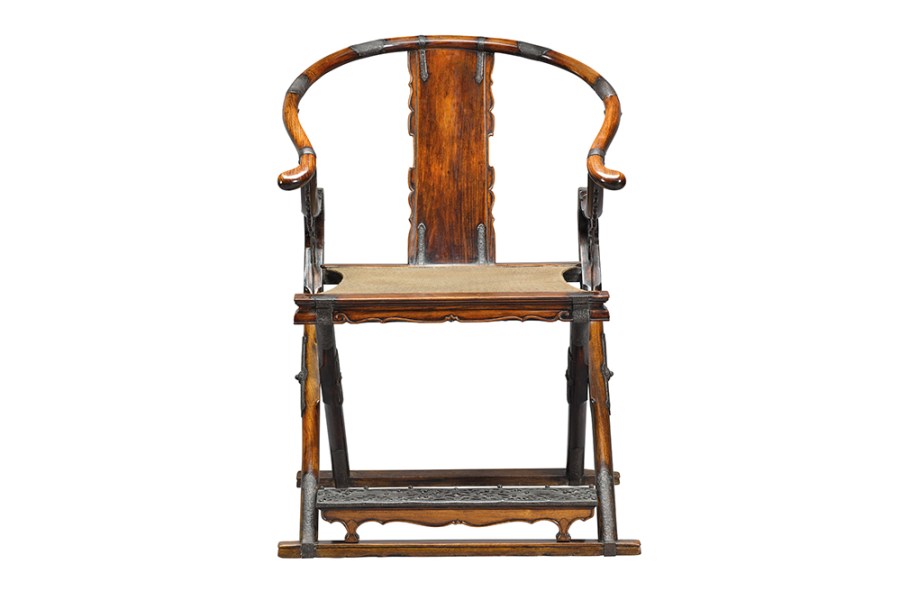
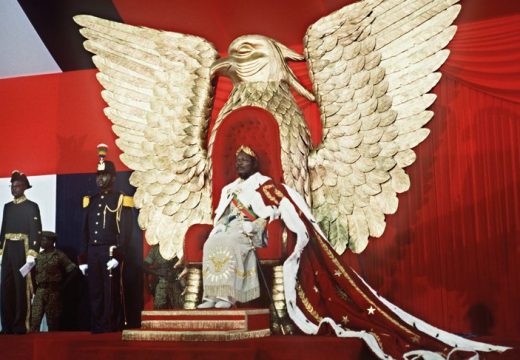
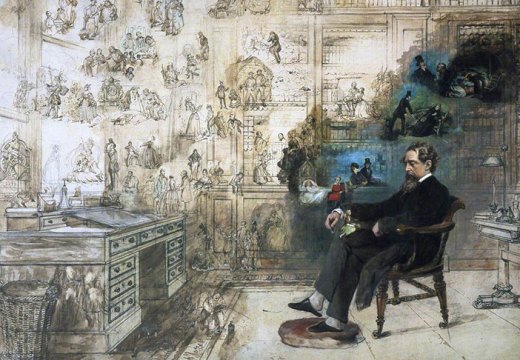
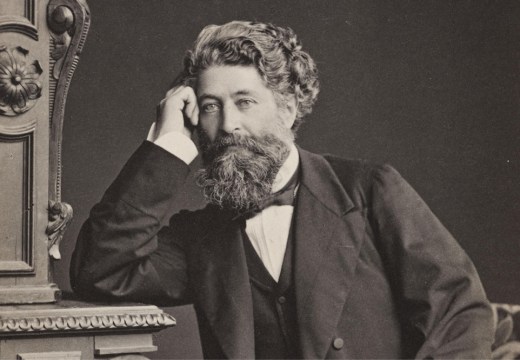









![Masterpiece [Re]discovery 2022. Photo: Ben Fisher Photography, courtesy of Masterpiece London](http://www.apollo-magazine.com/wp-content/uploads/2022/07/MPL2022_4263.jpg)
Has the Fitzwilliam lost the hang of things?